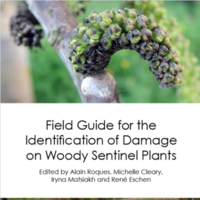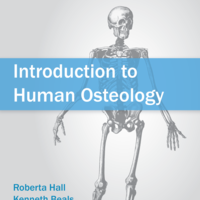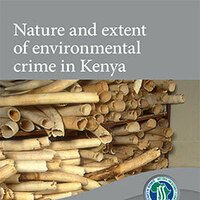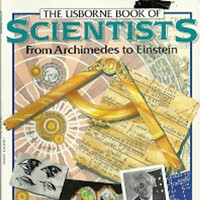Search
Books+
Searching 1,730 books
Search related to the career Forensic Scientist
Forensic Scientists analyze various types of evidence, including:
1. DNA Evidence: Forensic scientists analyze DNA samples collected from crime scenes, victims, and suspects to identify individuals involved in criminal activities.
2. Fingerprints: They examine fingerprints left at crime scenes to match them with known prints in databases, helping to identify potential suspects.
3. Ballistics Evidence: Forensic scientists analyze firearms, bullets, and shell casings to determine if they were used in a crime and to link them to specific firearms.
4. Trace Evidence: They examine microscopic evidence such as hair, fibers, glass fragments, paint chips, and soil samples to establish connections between individuals, objects, and crime scenes.
5. Toxicology Evidence: Forensic scientists analyze bodily fluids, tissues, and organs to detect the presence of drugs, alcohol, or other toxins that may have contributed to a crime or death.
6. Document Examination: They scrutinize handwriting, signatures, paper, ink, and other document characteristics to determine authenticity, detect forgery, or identify alterations.
7. Digital Evidence: Forensic scientists analyze digital devices, such as computers, smartphones, and hard drives, to recover and examine data that may be relevant to criminal investigations.
8. Toolmark Analysis: They examine toolmarks left on surfaces, such as those caused by tools or weapons, to identify potential sources and link them to specific crimes.
9. Anthropological Analysis: Forensic anthropologists analyze skeletal remains to determine the identity, age, sex, and possible cause of death of individuals.
10. Firearm and Toolmark Analysis: They examine firearms, ammunition, and toolmarks left at crime scenes to establish connections between weapons, tools, and criminal activities.
11. Bloodstain Pattern Analysis: Forensic scientists analyze bloodstain patterns at crime scenes to reconstruct events, determine the type of injury, and establish the position of individuals involved.
12. Entomology: They study insects found on or near human remains to estimate the time of death and provide other valuable information in homicide investigations.
13. Serology: Forensic scientists analyze blood, semen, saliva, and other bodily fluids to determine the presence of biological evidence and identify potential suspects.
14. Footwear and Tire Track Analysis: They examine impressions left by footwear or vehicle tires at crime scenes to identify the type of shoe or tire and potentially link them to suspects or vehicles.
15. Facial Reconstruction: Forensic artists use skeletal remains to reconstruct the facial features of unidentified individuals, aiding in their identification.
These are just some examples of the types of evidence that forensic scientists analyze to provide valuable insights and support criminal investigations.
Source: Various AI tools















































